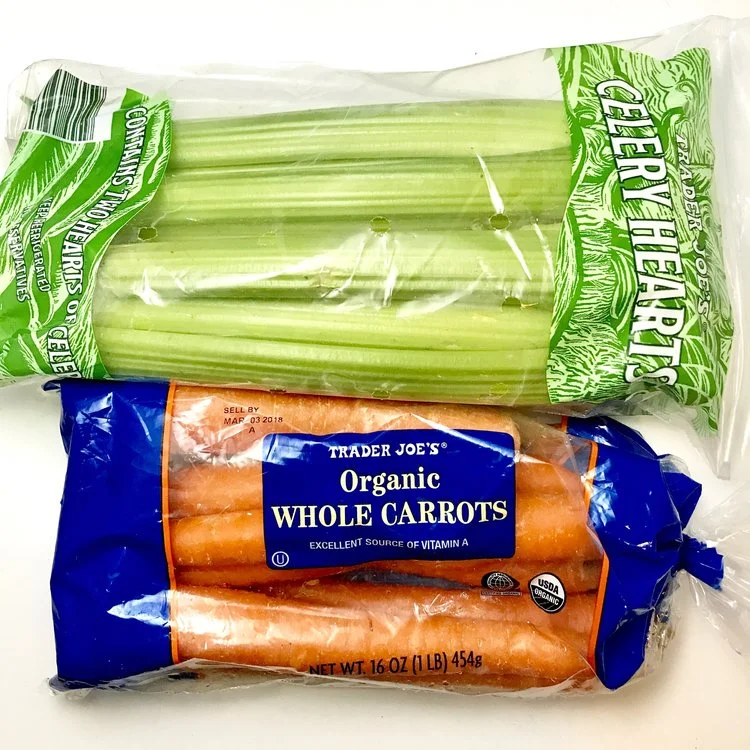Seasonal Spring Produce
Hallelujah, the snow has melted! As the temperature rise, it’s time to transition from heavy, hearty meals to lighter fare and get back into our normal fitness routine. Bulk season was fun while it lasted but summer will be here before we know it, so let’s shed our winter coats!
Due to increased food consumption and decreased physical activity, most of us tend to gain a few pounds in the winter. If you’re like me, winter is the perfect excuse to lounge around watching Netflix or hit up a cocktail bar with friends. In preparation of summer, start thinking ahead. Do you have any beach trips planned? Would you feel comfortable slipping on a swimsuit right now? No worries. It takes just a few small adjustments to get to where you want to be.
STAY ACTIVE:
It’s finally nice enough to take your workouts back outside. Go for a run in the park, join a recreational sports team or set up a circuit in your backyard. For those who prefer indoor workouts, I personally find the morning gym crew to have a much more energetic vibe than those exhausted from a long days' work; myself included. This also frees up my evenings to run errands, meet up with friends, work on my website, and anything else that may arise. Try it.
HYDRATE:
Remember to hydrate! Yes, drinking water is the easiest way to do this but eating water-rich foods such as celery, leafy greens and melon also count towards your daily intake. We typically increase our consumption of sugary-based foods and drinks as the temperatures rise: cocktails, iced coffee, ice cream, lemonade, popsicles, etc. It's not the coffee beans and lemons we need to keep track of, it's the sugar alongside it. There's no need to cut these treats out completely but be mindful of how much and how often you are consuming them. Balance, people.
EAT:
Eat produce that’s in season! The food will taste better, last longer and be more affordable. Ever buy strawberries in the winter? They're expensive since they're harder to get plus they don't last nearly as long. My advice is to buy produce frozen when it is out of season. Be careful with canned fruits and veggies as they are often loaded with unnecessary salt, sugar and preservatives. Read the ingredients on the labels to know exactly what you're getting. It's a good idea to rinse your canned produce before eating to eliminate some of the excess S&S.
So, what's in season?
FRUITS:
Apricots: late spring
Avocados: year round!
Bananas
Berries: blackberries, blueberries, raspberries: mid-season. Strawberries: all season
Cherries
Grapefruit: early spring
Guava
Lemons: year round
Limes: early spring
Mandarins
Mango
Melon: cantaloupe, honeydew, watermelon: mid-season
Oranges: year round
Peaches: mid-season
Pineapple
Plums: mid-season
VEGETABLES:
Artichokes
Asparagus
Beets: year round
Bok choy: year round
Broccoli: year round
Brussels Sprouts
Carrots: year round
Cauliflower: year round
Celery
Fava beans & greens
Garlic: year round
Kohlrabi: early spring
Leafy Greens: arugula, kale, collard greens, spinach, Swiss chard: year round
Mushrooms: year round
Onion: scallions, shallots: year round
Parsnips
Peas
Potatoes: not sweet
Radishes: year round
Tomatoes: late spring
SEAFOOD:
Clams
Cod
Crab
Oysters
Salmon: mid-season
Sea bass
Squid
Tilapia
OUT OF SEASON (to name a few):
Almonds
Apples
Chestnuts
Corn
Cucumber
Eggplant
Figs
Grapes
Green Beans
Kiwi
Melon: cantaloupe, honeydew, watermelon: early spring
Okra
Olives
Peach: early spring
Pears
Peppers
Pomegranates
Summer Squash: yellow, zucchini
Sweet Potatoes
Tomatoes: early spring
Tuna
Winter Squash: acorn, butternut, pumpkin, spaghetti
Each year, the Environmental Working Group publishes a list called the “EWG's 2019 Shopper's Guide to Pesticides in Produce” otherwise known to the public as the Dirty Dozen, Clean 15. The list contains 47 fruits and vegetables; the first 12 being the biggest pesticide offenders, and the last 15 being the least. By no means does this suggest not eating the first twelve items. The best way the decrease your pesticide consumption is to purchase these items organic. Although they cost more, organic foods are also better for the environment and contain no preservatives. Use your discretion for purchasing organic for anything not listed.
2019 DIRTY DOZEN: choose organic
Strawberries
Spinach
Kale
Nectarines
Apples
Grapes
Peaches
Cherries
Pears
Tomatoes
Celery
Potatoes
2019 CLEAN FIFTEEN: your discretion
Avocados
Sweet corn
Pineapples
Sweet peas (frozen)
Onions
Papayas
Eggplants
Asparagus
Kiwis
Cabbage
Cauliflower
Cantaloupes
Broccoli
Mushrooms
Honeydew
SPRING HIGHLIGHT: CELERY
Celery is packed with vitamins and nutrients such as potassium, iron, fiber, and vitamins A, B6, C, and K. Since it’s on this years’ dirty dozen list, it’s best to buy organic celery when possible. Celery is in season in spring, summer and fall.
Try using celery as a replacement (or at least, in addition to) chips and crackers. Eat it with hummus, guacamole, peanut butter, in homemade soups, or in this versatile protein salad.
BENEFITS OF CELERY:
Boosts your immune system
Builds strong connective tissue
Improves digestion
Improves strength and elasticity of hair, skin and nails
Lowers blood pressure, cholesterol and inflammation,
Restores electrolytes
OVERALL:
Stay active, hydrate, eat a colorful diet. Organic or non, and whether or not in-season, the benefits of eating produce will outweigh any possible health risks.
SPRING SEASON:
Spring spans from Wednesday, March 20 - Friday, June 21.
- Mallory
SOURCES:
EWG's 2019 Shopper's Guide to Pesticides in Produce™.” EWG's 2019 Shopper's Guide to Pesticides in Produce | Full List, Environmental Working Group, www.ewg.org/foodnews/full-list.php.
Hart, J. (2014). Eat pretty. San Francisco: Chronicle Books.
Seasonality Charts. (n.d.). Retrieved from https://cuesa.org/eat-seasonally/charts






